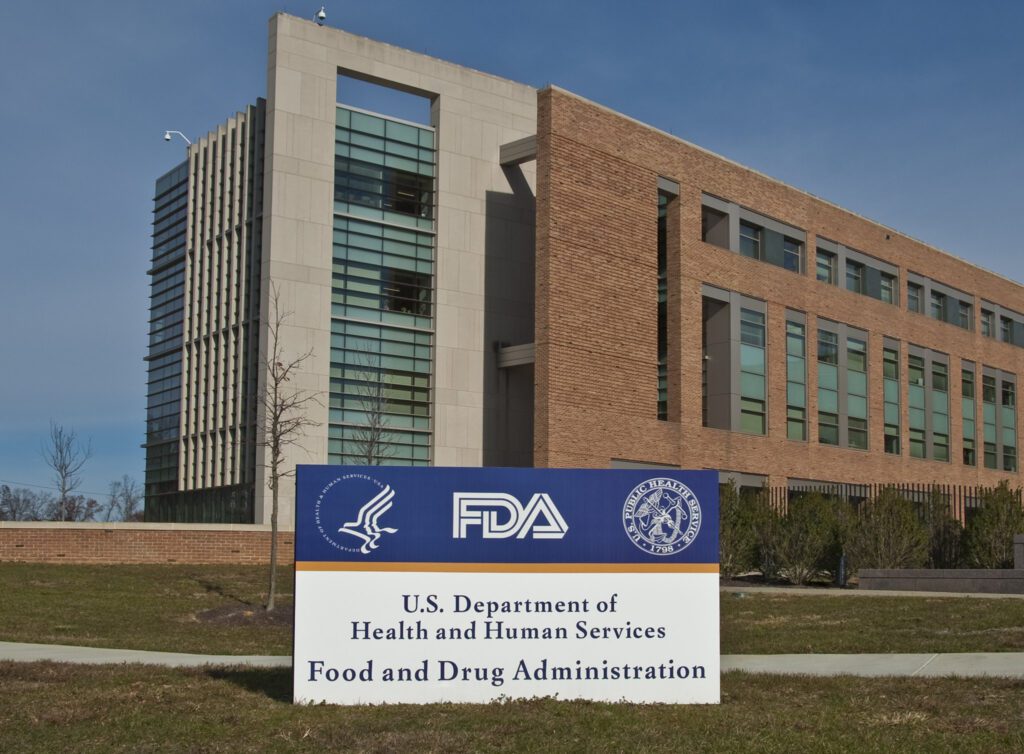The U.S. Food and Drug Administration (FDA) announced the creation of its Rare Disease Innovation Hub in July 2024. With the goal of engaging patients and caregivers “to understand their unique perspectives and experiences and keep these front of mind as we review medical products for rare disease patients,” the FDA is now soliciting recommendations to ensure the Hub’s success.
The Biotechnology Innovation Organization (BIO) offered seven recommendations, informed by BIO’s continued collaboration with patient groups in the rare disease space.
“We commend the FDA’s initiative to address the needs of rare disease patients and look forward to the enhanced collaboration, innovation, and engagement this new Rare Disease Innovation Hub (Hub) promises to bring to the community,” writes BIO in an October 31 letter to the FDA. “Given the large number of rare diseases affecting approximately 30 million individuals in the U.S., there is a pressing need for coordinated and innovative approaches to drug development and review.”
Collaboration
As BIO explained, inter-agency collaboration is key to the Hub’s long-term success.
BIO’s first recommendation, “Improved Coordination and Consistency within and across FDA Centers,” focuses on improving collaboration between the Hub and FDA entities like the Center for Biologics Evaluation and Research, the Center for Drug Evaluation and Research, and the Office of Orphan Products Development, among others.
As BIO explains, “Proof of the Hub’s effectiveness will be shown through its ability to generate innovative standards and processes that consistently enable and accelerate treatment development for various modalities. It is vital for the Hub to establish cohesive principles for collaboration among FDA centers.”
Coordination among FDA entities would ideally both alleviate inconsistencies that sponsors encounter and create a more efficient and predictable regulatory landscape, as well as “address specific regulatory challenges, ensuring that insights and best practices from successful cases are shared and implemented widely, including appropriate regulatory flexibility approaches,” says BIO.
Communication
Equally important is the Hub’s ability to open the communication lines with patient advocates, researchers, and industry as a means to further bolster the spirit of collaboration that the Hub must foster.
BIO’s second and sixth recommendations were focused on “Enhancing Communication with External Stakeholders” and “Incorporating Continuous Multi-Stakeholder Feedback,” respectively.
“Regular communication will foster transparency and trust, crucial for successful partnerships,” writes BIO. Stakeholder engagement is crucial to how the Hub navigates its various initiatives and imperative for stakeholders to understand and plan for critical issues, upcoming changes, and opportunities for collaboration.
In this same spirit, BIO’s third recommendation, “Facilitating Expert Discussions,” would facilitate comprehensive discourse amongst FDA leaders and with external experts, fostering informed decision-making based on in-depth scientific insights.
As BIO explained in their letter, communication and collaboration must be a two-way street for the Hub to be successful.
Education
The creation of the FDA’s Hub is also a distinct opportunity for education and the advancement and scientific understanding and novel approaches for rare diseases.
BIO’s fourth recommendation, “Advancing Scientific Research and Innovation,” explains: “Exploring real-world evidence to support development, as well as supporting efforts to perform more Natural History Studies, and crafting innovative trial designs are areas that merit strong focus and could be routinely integrated into regulatory decision-making.”
Within that same spirit, the Hub has the opportunity to expand its educational initiatives to include regulatory education for industry stakeholders, including the Accelerated Approval pathway and how to best develop and utilize surrogate endpoints and biomarkers.
Additionally, BIO envisions a framework where the Hub could convene discussions and scientific workshops that bring together FDA officials and field experts. This is noted in the organization’s fifth recommendation, “Host Multi-stakeholder Scientific Workshops & Forums.”
“These workshops should be thematic, addressing current challenges, emerging technologies, and novel scientific approaches in rare disease research,” writes BIO. “By collaborating with academic institutions, industry leaders, and patient organizations, the Hub can create a dialogue that synthesizes diverse perspectives.”
Planning
As BIO’s last recommendation, “Creating a Strategic Roadmap,” explains, it is imperative that the Hub, along with its partners and stakeholders, have a clear vision for the future to ensure success.
“The Hub should develop a strategic roadmap providing clear goals, metrics of success, and timelines,” writes BIO. Continuing that, “A strategic roadmap should outline both explicit immediate and long-term initiatives and be publicly available.”
Voicing its readiness to contribute to the Hub in the coming months and years, BIO concludes, “The FDA Rare Disease Innovation Hub can profoundly impact the rare disease community by fostering collaboration, enhancing communication, and directing scientific advancement.”




